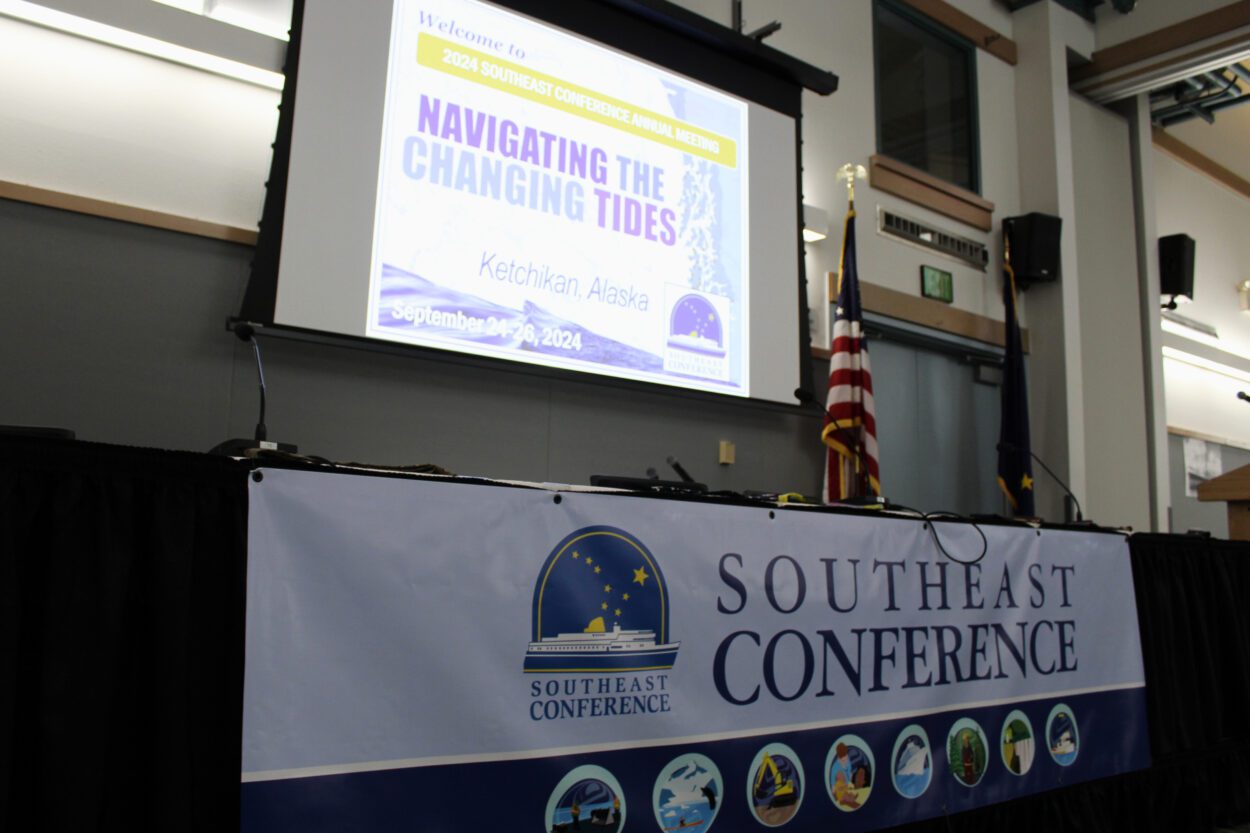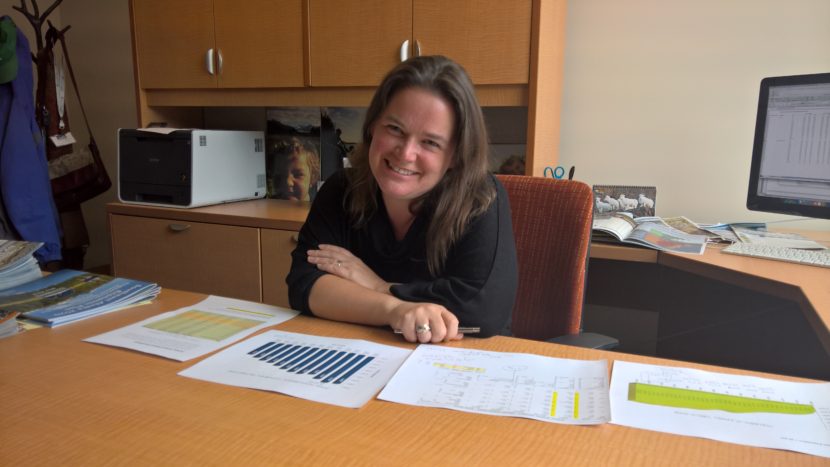
An annual report on Southeast Alaska’s economy shows a region firmly dependent on tourism with a struggling fishing sector. The findings were presented Tuesday at Southeast Conference in Ketchikan.
Meilani Schijvens owns Rain Coast Data and authors the annual Southeast by the Numbers report, which looks at the last calendar year. In her presentation, Schijvens said tourism has become the strong backbone of the panhandle’s economy.
“With our 8,300 jobs and nearly $350 million in earnings in the tourism sector, tourism is our number one job provider,” she said. “It’s been our number one job provider before, but for the first time ever this year, tourism is our number one wage provider in Southeast Alaska.”
The region had a record-breaking number of cruise passengers last year, and is projected to see a marginal increase for 2024. Schijvens expects that number to flatten and possibly decrease slightly in the coming years. That’s due to agreements in Juneau capping the number of ships and passengers per day starting in 2026.
In an interview after the presentation, Schijvens said that what happens in Juneau is felt across the region.
“Pretty much every single cruise ship that comes into Southeast Alaska comes to Juneau,” she said. “And of course, that could change in the future, and maybe there’ll be one or two that aren’t visiting Juneau, but that’s pretty much the itinerary. So if there’s passenger limits in Juneau, it ends up being passenger limits more across Southeast as well.”

Seafood was the primary money maker for the region two years ago, but fell sharply last year. That wasn’t for a lack of trying — fishermen landed more pounds of fish than they had in the last decade. But the prices paid for that fish were so low that the overall catch value dropped 20%.
Schijvens said that crash in prices was driven by global factors out of the state’s control.
“There was a global downturn in seafood demand that was coupled with some really big seafood harvests, and we saw overfishing in Russia, as Russia tried to fish for salmon their way out of being able to afford to pay for the Ukraine war,” she said.
State government jobs were historically a top regional job producer, which makes sense, since the state capital is in Juneau. But Schijvens said those numbers were down last year for the 12th year in a row.
“The rest of Alaska, minus Southeast Alaska, [has] seen the growth of 1,000 state jobs over the last year since 2022,” she said. “We’ll see where those numbers end up, but those are some of the early numbers. So the state of Alaska is hiring, they’re just not hiring in Southeast.”
Schijvens said overall, the economy is strong. Wages are up, inflation is down and job numbers have finally made a full recovery from the pandemic.
But the persistent statewide challenge of population decline remains, which is even more pronounced in Southeast, due to the region’s relatively older population. More seniors mean less children and more retirees leaving the state.





